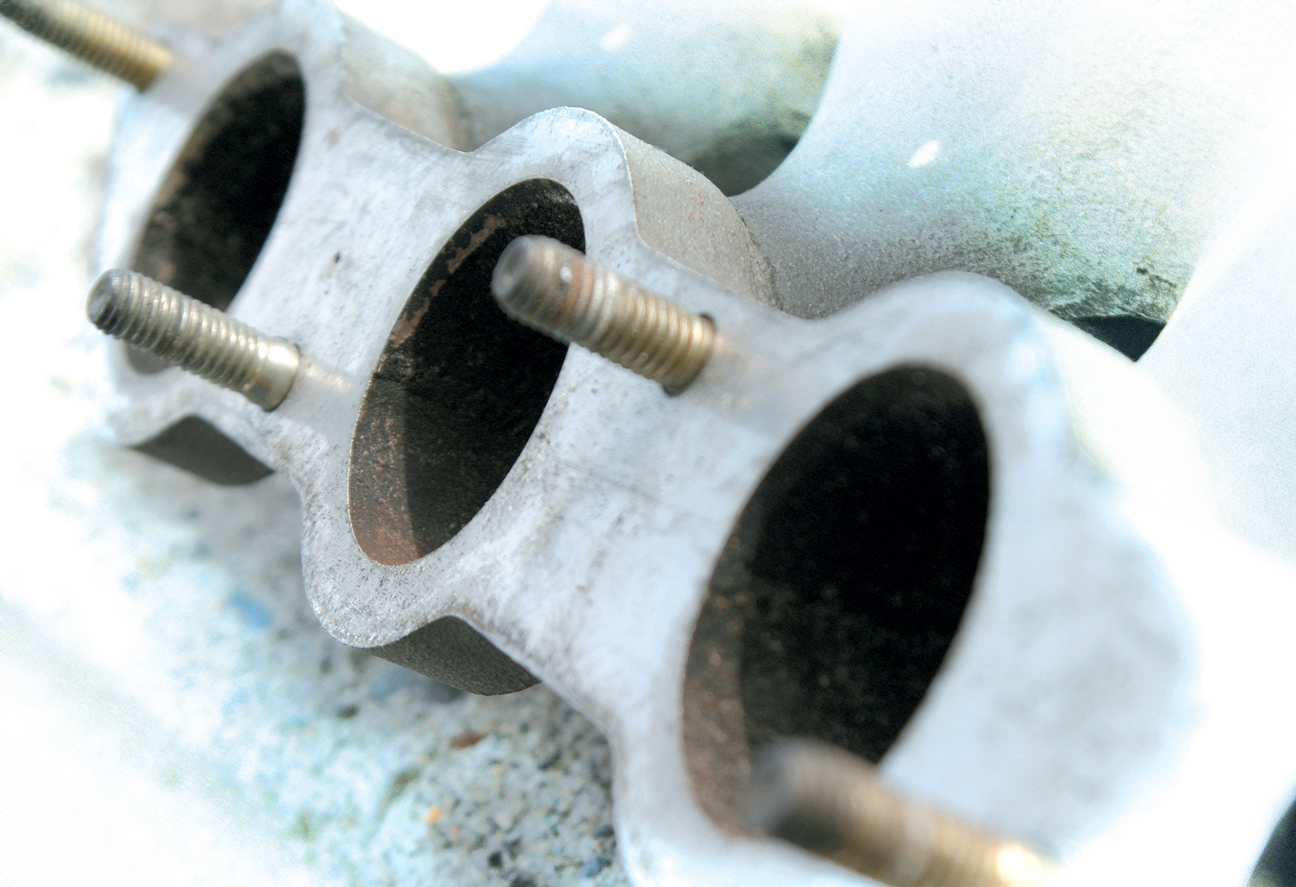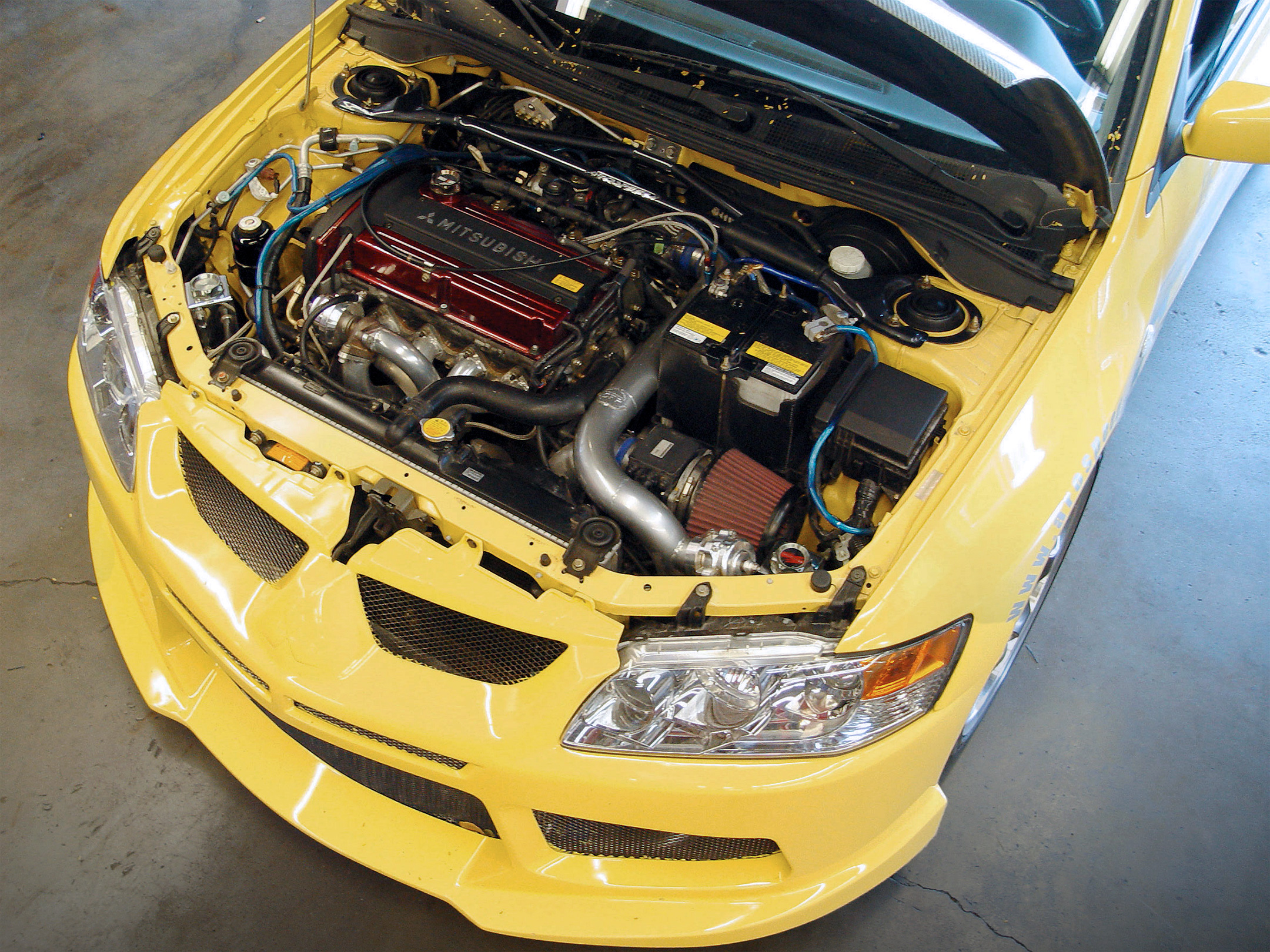Fuel System

Have you ever looked at another enthusiast’s ride and noticed something unique, yet very clever, that made the vehicle stand out or perform better and thought, “Why didn’t I think of that?” Well, we’ve done some of the homework, legwork and research to provide you with a similar advantage. We scoured the tuning shops and interrogated the pros to find out what tips they have done that our readers could apply to their own vehicles.

You have to admit that the thought of injecting water into your engine sounds crazy. We all know that water doesn’t burn and it can’t be compressed. Those unfortunate souls who have tried to do this now have engines that are the equivalent of ship anchors. In this installation, we aren’t going to be injecting huge amounts of water into an engine, but rather a fine mist that’s proportionate to the fuel flow (10 percent to 20 percent), using a high-pressure pump. This will help lower the chances of detonation by reducing the intake charge temperature.

After working long shifts and weekends, it’s payday and the time has come to enjoy your hard-earned cash. You stroll into the tuner shop and lay down some money on that turbocharger you have been dreaming about buying. Gotcha! Now your system is complete.
When the engineers at Chevrolet designed the fuel inlet and fuel cap for the early Nova, they must not have looked at the rest of the car. Novas aren’t called shoeboxes for no reason; with the exception of the wheels–and that gas cap–they are basically square. Wheels have to be round, but the gas cap, well….







